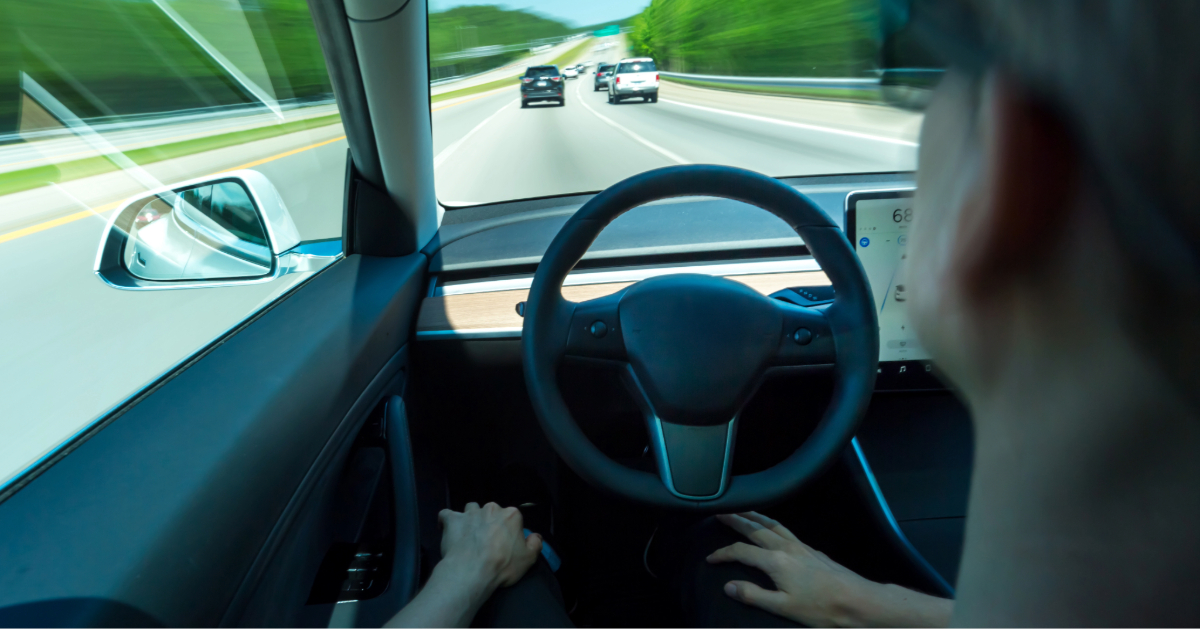During a meeting with East Texas trial counsel, one of the more esteemed local litigators remarked that, with respect to juries awarding damages in the District’s patent cases, “Once the train leaves the station, it goes all the way to the end of the line.” The appearance of 8-, 9- and even 10-figure nuclear verdicts in patent cases in this notorious venue has generated a tremendous amount of interest, controversy, research, and even legislation in the last couple of decades. Various approaches by defendants in dealing with the problem have been formulated to circumvent the obvious dangers in this venue, ranging from attempts to limit claims through federal legislation, to “venue-shifting” as a means to transfer out of the Eastern District altogether. The present discussion explores, instead, meeting the threat head on, by finding means to obtain defense verdicts or limit damages through the use of “psychological technology” – that is, the application of psychological research methodology to solve a real world problem.
Most importantly, this discourse is not about a venue – it is about a method. In addition, it is not oriented toward a problem, but rather toward a solution. Application of the method to be described has resulted in average damages for fourteen jury verdicts of $1.4 million – about 2% of the damages amounts requested – working for defendants in East Texas patent cases throughout the 2006-2013 time frame (including five defense verdicts). So quite obviously, the train does not go to the end of the line in East Texas anymore.
It should be noted that, from the standpoint of some litigators who work in East Texas, damages have been reduced as a result of other factors as well, such as, for example, recent court rulings limiting the types of arguments that can be made by the damages experts. From this standpoint, the magnitudes of the damages awarded are a function of the arguments made by such experts. From the vantage point offered presently, damages are a function of the perceived merits of the case. While this is not an either/or question – both perspectives have merit and indeed overlap substantively – we will be approaching the issue based on a psychological propensity to award damages that is a function of jurors’ motivations and reactions to the entire case.
Even from the perspective of these damages experts, from our understanding, their testimonies are contingent upon various substantive aspects of the entire case fact scenario (e.g., the actual content of invalidity and infringement arguments). Consequently these experts have been telling their clients that they need to be brought into these cases earlier so that their testimonies can incorporate these substantive aspects of the case that comprise the entire “story.” In essence these experts are taking a position consistent with that being offered presently, namely, that damages are a function of the entire case that is presented (by either side), and it is this presentation of the “entire case” that is primarily affected by the methods that are the subject of the present discussion.
Moreover, this treatise is not really about “conquering East Texas.” It is about how the psychological technology works, and it works in a manner that is non-venue specific. In other words, the technology is not “tailored” to this venue, but rather does work, and has worked, generally in litigation environments throughout the country. The choice of East Texas is utilized presently because that is the forum for which clients were most recently willing to invest in the technology and support the chance to prove its ultimate usefulness, involving multiple replications, in the most compelling manner possible. Obviously, litigation research only occurs where it is funded, and the impetus to fund it in this venue has been considerable, although, as we shall consider momentarily, this is not the only such venue in which defendants have had an interest in damages suppression.
We know that the implications of the present discussion extend well beyond East Texas because the usefulness of the technology at issue has been proven before, in other venues. As early as the 1980’s, in serial litigation involving automotive products, the defendant manufacturer’s litigation costs were cut by 30% as a result of implementation of early phases of the technology. In 2003, a major insurance carrier implemented an improved version of the same approach and came in $83 million under budget against its loss reserves in just one department. Finally, from 1995-2008, the largest heavy equipment manufacturer in the world, utilizing the same methodology, kept its damage awards to under $4.5 million over this 14-year period – with no punitive damages awarded in this time span. Once the recession arrived, the company decided to cut its litigation support costs, whereupon early in 2009 (after terminating the use of the presently discussed methodology) the company was promptly hit with a verdict for $56 million, including punitive damages. So we know the technology works, even disregarding the East Texas experience.
But East Texas patent litigation has been a topic that has spawned a particularly keen interest within the field of litigation. Tackling the challenges there engaged the interest of numerous Fortune 100 companies as a high visibility undertaking with significant economic ramifications. Ensuring success required a multi-disciplined effort drawing on various tactics, but again it is emphasized that the approach described presently involved an amalgamation of approaches that had developed and been proven elsewhere.
For the interested reader, portions or “building blocks” of the technology have been discussed in other forums, including an explication of the predictive capabilities of the underlying trial simulation research in forecasting trial outcomes (i.e., prediction of jury awards)1,2. A parallel body of research3,4 was developed concurrently identifying juror profile typologies – again, an issue of prediction, but at the individual level (in this case, prediction of individual juror behavior). Thirdly, an accumulating body of knowledge on how jurors problem-solve patent cases was also documented,5,6 following a series of presentations at the UTCLE Advanced Patent Law Institute in 2007-2008. Then finally, a precursor to the present article was published in Law.com entitled “Taming Texas”7 that discussed the use of the technology in connection with the defense verdict in Forgent v. Echostar in East Texas in 2007.
In part 2 of this topic we will discuss the specifics of the methodology and how it works.
References
- Speckart, G., “Trial by Science,” Risk & Insurance, 2008, 19, no. 3.
- Speckart, G., “Do Mock Trials Predict Actual Trial Outcomes?,” In House, 2010, Summer, 5, no. 13.
- Speckart, G., “Identifying the Plaintiff Juror,” For the Defense, 2000, 42, no. 9.
- Speckart, G. and McLennan, L., “How to Tap the Potential of the Juror Questionnaire,” ALI-ABA’s Manual on Trial Advocacy, 2001, American Law Institute — American Bar Association on Continuing Legal Education, IBN # 0-8318- 1405-5.
- Speckart, G., “Navigating the Road to an Intellectual Property Verdict – Planning, Execution, and Things that Go Bump in the Night,” For the Defense, 2008, 50, no. 4.
- Gilbert, C. and Speckart, G., “The Jury Trumps Everything,” Inside the Minds: Litigation Strategies for Intellectual Property Cases, 2010, Aspatore Publishing, Boston MA.
- Raymond, N., “Taming Texas,” Law.com, March 2008, http://www.law.com/jsp/ PubArticle.jsp?id=900005504899&slretu rn=20130922173948
Be confident in achieving superior litigation outcomes. CSI has the expertise, track record, and capabilities to help you win.



